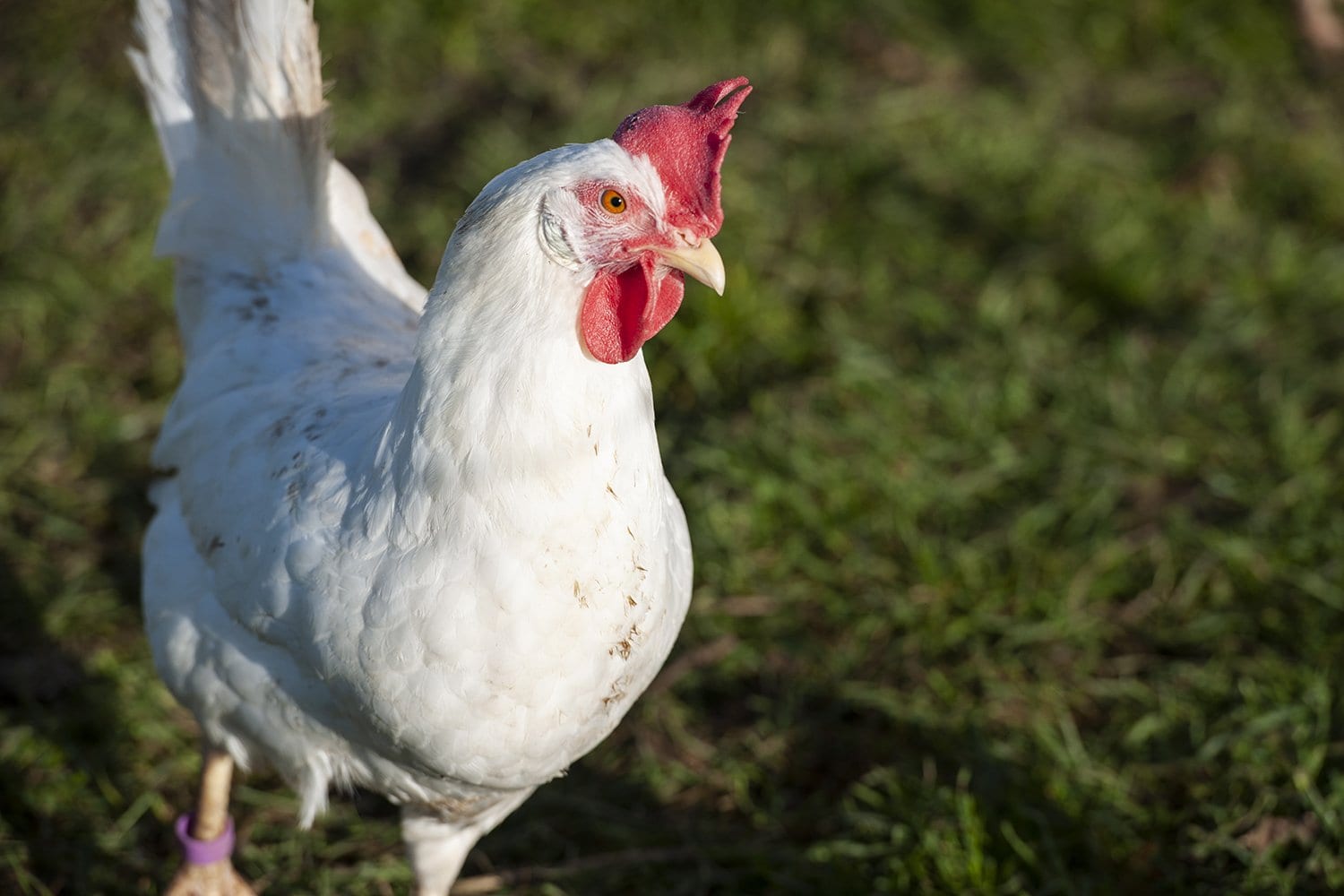Often, when people think of consistent egg layers, the Leghorn is one of the first breeds that come to mind. Though its Italian origins are clouded in mystery, its profound influence on the egg industry, particularly during the 20th century, is undeniable. These days, these birds are more commonly found in smaller backyard setups rather than industrial settings.
Leghorn History and Characteristics
Originating from Italy, the Leghorn chicken, known as “Leggern” in the U.S., has evolved over the years into a chicken famed for its egg-laying prowess. Today, these birds thrive in intimate settings like backyards and small farms. Of all the Leghorn varieties, the white Leghorn shines the brightest, producing a consistent 4-6 eggs weekly. Unfortunately, this gift has often been misused, with many confined to cages, denied the simple pleasure of sunlight.
Given space, these birds reveal their inborn skills, foraging with enthusiasm and flying gracefully. Yet, as social as they are with their kind, they maintain a distance from humans, especially the unfamiliar ones. They’re not your typical cuddly pets but given the right environment, they reciprocate with an abundant supply of pristine white eggs.
Is the Leghorn Chicken Right for You? Key Features
| Characteristic | Information |
|---|---|
| Origin | Italy |
| Lifespan | Typically over 5 years |
| Friendly for beginners? | Not recommended |
| Primary Use | Egg Laying |
| Weight (Female) | 4.5-6 lbs |
| Weight (Male) | 6-7.5 lbs |
| Egg Color | White |
| Egg Size | Large |
| Eggs Per Year | 250-280 |
| Temperament | Active, Nervous |
| Broodiness | Rarely |
| Climate Tolerance | All Climates |

Notable Qualities
- Leghorns sport a rose comb that helps them bear cold temperatures.
- Noted for their remarkable egg production.
- These hens lay white eggs that tend to increase in size as they grow older.
- They possess an energetic nature and are keen on foraging.
Physical Attributes
Leghorns are quite distinct with their prominent combs and extensive wattles. These play a crucial role in regulating their temperature. In places with colder climates, their combs can be susceptible to frostbite. Hence, in the U.S., particularly in the north, Leghorns with rose combs are recommended. They have a sleek, slender body, and their high-held tail, combined with a well-defined U-shaped back, makes them stand out. Their feather colors can vary, but white remains a favorite.

The Leghorn Personality
Leghorns are lively and spirited. Their love for exploration often leads them beyond their confines, sometimes even flying over 10-foot fences. While they’re cautious and can be skittish around humans, Leghorn roosters play an essential role in safeguarding the flock from potential threats. Despite their independent nature, they’re not hostile, merely preferring their space.
Egg-Laying Wonders
The egg-laying capability of Leghorns varies with their color. On average, a hen can produce four large eggs each week, but the white Leghorns sometimes outdo themselves, laying up to 6 eggs. They typically begin laying eggs between 18-20 weeks of age, a timeline that aligns with the general onset of egg laying in many breeds as discussed in our complete beginner’s guide to raising chickens. However, remember that these vibrant birds can be quite vocal, so if you’re in a densely populated area, they might not be the ideal choice.
Care Guide for Leghorn Chickens
Leghorns are adaptable, resilient to both chilly and warm weather. Their original habitat in Italy’s temperate zones suggests that they flourish best in such climates. Keeping an eye out for common poultry parasites is essential. Feeding-wise, they aren’t very demanding.
If allowed to forage, they can significantly cut down on feed costs. Their coops should provide ample space, considering their active nature. If you’re keeping them confined, ensure they have enough engaging elements, like perches of varying heights and tree stumps, to keep them occupied.
Tracing Back the Leghorn Origins
Believed to hail from Italy’s Tuscany region, the Leghorn’s exact lineage remains a puzzle. These birds likely evolved adapting to the area’s unique geography – a blend of fertile valleys and rugged terrains. Their history intertwines with ancient Romans, who not only consumed their eggs and meat but also saw them as oracles, interpreting their behavior as omens for significant events. These birds arrived in the U.S. around 1852 and underwent selective breeding, producing the rose-combed variety more suited for colder climates. Presently, there are two main strains: the widespread Industrial Leghorn and the rarer Heritage Leghorn.
Conclusion
Leghorns, especially the white variety, are renowned for their consistent egg production. Their independent nature requires understanding and space. They might not be the best starter birds for novices, but for those who appreciate their essence, they can be a joy to raise. Beyond their commercial value, with the right care, they can thrive and become a fascinating addition to any farm or backyard.




Leave a Comment